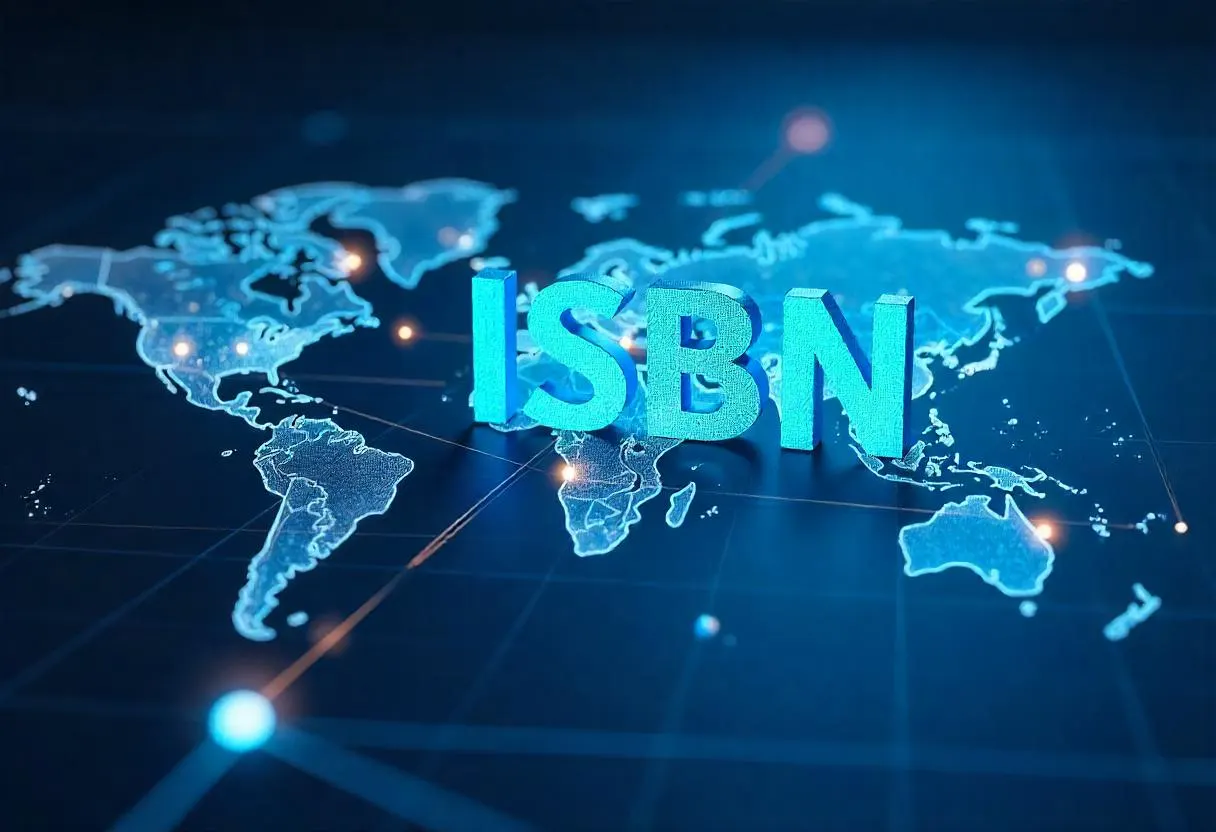
ISBN Range Data: The Blueprint Behind Global Book Identification
Unlock the secrets of ISBN structure! Learn why ISBN Range Data is crucial for uniqueness, validation, hyphenation, and how to access this vital information.
We see them every day on the back of books, in library catalogs, and across online bookstores: the International Standard Book Number (ISBN). This unique identifier is crucial for the global book ecosystem. But have you ever wondered what dictates the structure of an ISBN and guarantees its uniqueness worldwide? The answer lies in a vital, yet often overlooked, resource: ISBN Range Data.
While many interact with ISBNs daily, fewer understand the complex system ensuring each number is distinct and traceable. This article dives into what ISBN range data is, why it’s fundamental to the book world, and how you can leverage this information.
Deconstructing the 13-Digit ISBN
Before understanding the ranges, let’s quickly recap the structure of a modern 13-digit ISBN:
- Prefix: Usually 978 or 979, integrating the ISBN system into the wider EAN/UCC barcode standard.
- Registration Group Element: Identifies the specific country, geographical region, or language area participating in the ISBN system (e.g., ‘1’ for English-speaking areas, ‘2’ for French-speaking areas).
- Registrant Element: Pinpoints the specific publisher or imprint.
- Publication Element: Designates the specific edition and format of a title.
- Check Digit: A final digit calculated algorithmically to validate the rest of the number.
Crucially, the lengths of the Registration Group, Registrant, and Publication elements are not fixed. This variability is where ISBN Range Data becomes essential.
What Exactly is ISBN Range Data?
Think of ISBN Range Data as the official blueprint for the entire ISBN system, meticulously managed by the International ISBN Agency. This data defines:
- Which blocks of numbers are assigned to specific Registration Groups (countries/regions).
- How those blocks are further subdivided and allocated to individual Registrants (publishers) within each group.
This hierarchical allocation ensures that no two publishers are assigned overlapping number sequences, guaranteeing global uniqueness.
The International ISBN Agency makes this vital data freely available on their website. It’s offered primarily as a machine-readable XML file (containing <EAN.UCCPrefixes> and <RegistrationGroups> tags detailing the specific <Range> and <Length> rules) and also in PDF formats.
Why Does This Data Matter So Much?
Understanding and utilizing ISBN range data offers several key benefits:
- Ensuring Uniqueness & Traceability: It’s the core mechanism preventing duplicate ISBNs. By defining the boundaries for each publisher within each region, the range data forms the backbone of the system’s integrity and allows tracing an ISBN back to its origin group and publisher.
- Enabling Accurate Validation: While a check digit verifies mathematical accuracy, the range data allows for structural validation. Software can check if the registration group and registrant elements fall within the officially allocated ranges, flagging potentially malformed or unassigned ISBNs.
- Powering Correct Hyphenation: This is perhaps the most visible use. The only way to correctly insert hyphens into an ISBN is by referencing the range data. The hyphens visually separate the distinct elements (Prefix-Group-Registrant-Publication-CheckDigit). While many systems store ISBNs without hyphens for simplicity, the correctly hyphenated version instantly reveals the book’s country/language group and publisher block, making the structure human-readable and aiding in understanding its origin.
- Guiding ISBN Issuance: National ISBN agencies rely directly on this range data to assign new ISBN blocks to publishers within their designated groups, ensuring compliance with the global standard.
The Challenge: Accessing and Using Raw Data
While the data is freely available, the official XML file contains thousands of lines detailing complex rules. For librarians, booksellers, or even many developers, downloading and manually parsing this file to validate or hyphenate a single ISBN is impractical and error-prone.
Practical Solutions: Leveraging Tools and APIs
Fortunately, you don’t need to wrestle with the raw XML file yourself. The power of the official ISBN range data is harnessed by specialized tools and services.
- Validation & Hyphenation Tools: Websites and software often incorporate the range data logic to automatically validate and hyphenate ISBNs. For instance, tools like the one found on isbnbarcode.org use this data to ensure correctly hyphenated ISBNs when generating barcodes.
- APIs for Developers: For software developers building library systems, bookstore databases, publishing management tools, or validation utilities, APIs provide programmatic access to up-to-date range information. A notable example is the free ISBN Ranges API detailed at ISBNBarcode Blog. Integrating such an API allows applications to accurately validate ISBN structures and apply correct hyphenation automatically, ensuring data integrity and streamlining workflows.
Conclusion
The ISBN range data is more than just a technical file; it’s the invisible framework upholding the integrity and order of the global book identification system. It ensures uniqueness, enables validation, and provides the logic for correct hyphenation, revealing the origin embedded within the number.
While direct interaction with the raw data can be daunting, understanding its importance is crucial for anyone working professionally with books. By leveraging tools and APIs built upon this official data, librarians, booksellers, publishers, authors, and developers can ensure accuracy, enhance understanding, and contribute to a more efficient global book trade. The next time you see an ISBN, remember the intricate system of ranges working behind the scenes to make it all possible.

Araix Rand
Book Publicist
Araix Rand is the Founder of Bookllo Publishing, an author, blogger, and photographer. Since 2019, he has been helping authors in self-publishing and marketing their books. Additionally, he writes for various business and marketing blogs.
More posts by Araix Rand

